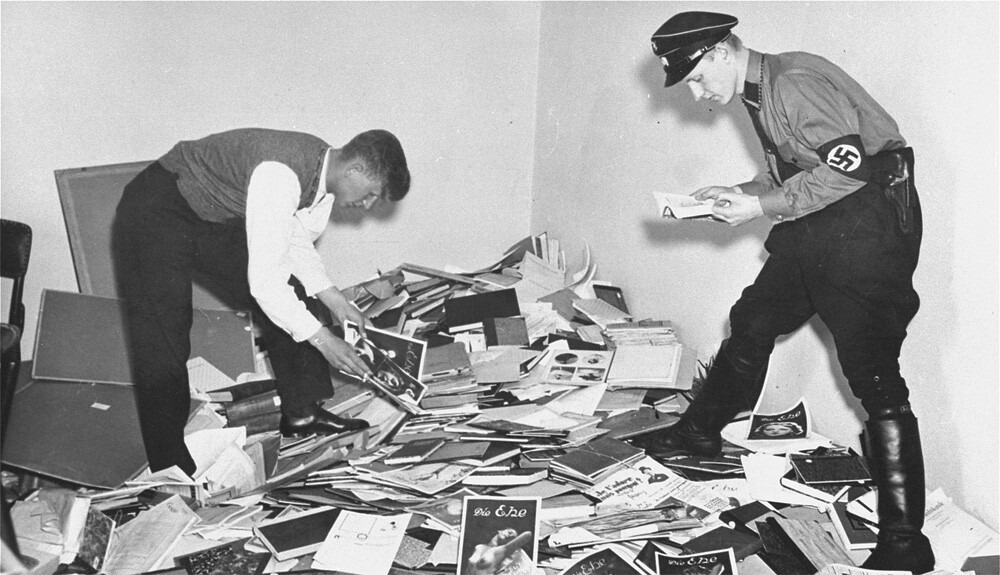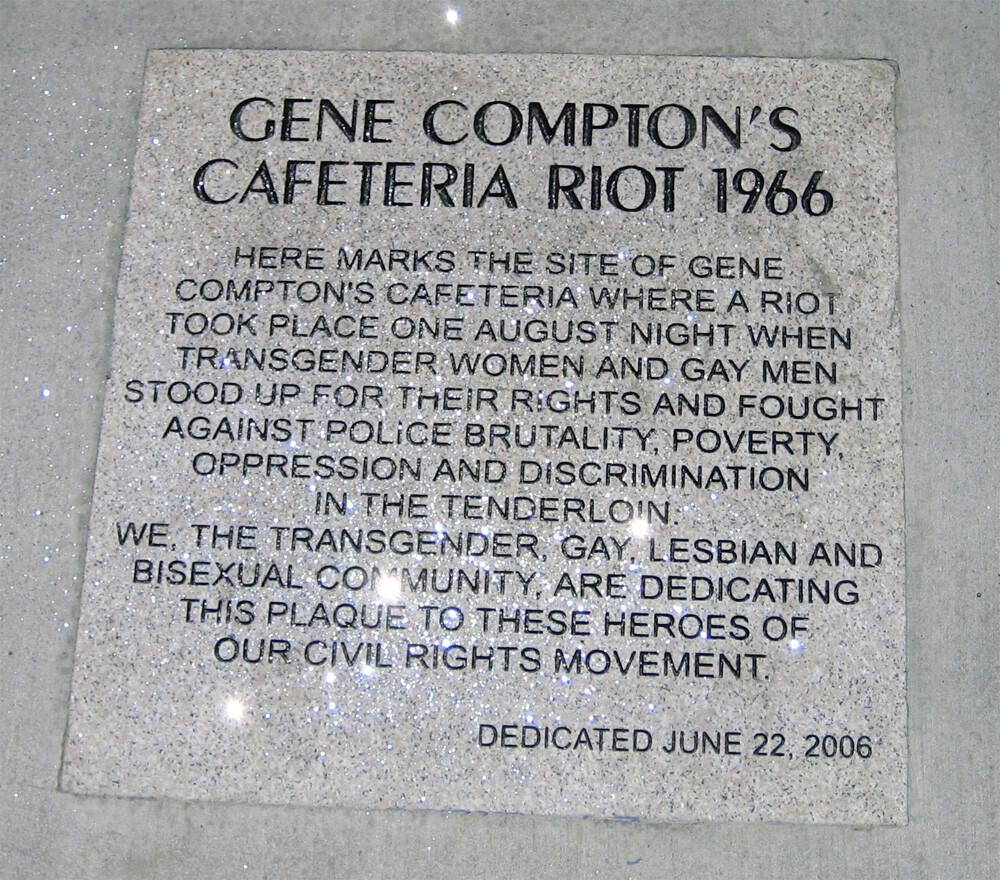4 Famous Historical Firsts (That Weren't First At All)

History is full of trials, failures, and triumphs—naturally, we remember the first triumph the most. And the failures, too, but only if they're super sick. But often, the events we remember as being the defining ones aren't the first time that thing happened. It's like God took a look at the event and went, "Eh, let's roll this back ..."
The Original Rosa Parks
What You Think
When Rosa Parks, a Black woman, refused to give up her seat to a white man, it sparked the bus boycott, one of Martin Luther King Jr.'s first big movements that led to bus segregation being declared unconstitutional. It was one small step (er, sit) for Rosa, one giant leap for mankind.

But Actually
Long before Rosa Parks, there was a very tired young girl named Claudette Colvin.
Like Parks, Colvin sat on a bus and would not move. It wasn't a grand statement— she was just tired. But after she refused to give up her seat, the local chapter of the NAACP decided that would make the perfect type of stand—a Black woman refusing to give up her seat because she was tired, but Colvin just wasn't the right look.
Unlike Parks, Colvin was a darker-skinned, pregnant teen, which raised concerns from activists about her marketability, so they had Parks do it instead. You know when a famous band has a hit song, but it turns out it's just a cover from an obscure band no one's ever heard? That's basically what Rosa Parks' not giving up her seat was: an awesome cover of something cool that someone else did.

However, despite Colvin's arrest for what Parks would do later, she never got any widespread attention. The NAACP had been planning to do something about bus segregation, but it wasn't until Colvin's story came out that they decided, "Hey, let's just do that, but when the bus kicks off our plant, let's get real loud about it."
Parks became famous for her take on Bus Boycott, and Colvin, arrested nine months earlier in the same city, on the same bus route, faded into obscurity.
The Wright Brothers Weren't The First Flyers
What You Think
Back in the early days of the 1900s, the Wright Brothers achieved the first successful manned flight and created the airplane, which would lead to thousands of horrible things, not least of which is the TSA.

These bicycle brothers created some of the first planes, testing them in wind tunnels and endlessly working on redesigning their manned flyers. Years later, planes would revolutionize warfare, travel, and peanuts.
But Actually
The Wright Brothers weren't the firsts to achieve flight, though they were some of the more successful ones at it. Hell, the Wright Brothers didn't get very interested in flight until after Otto Lilienthal, a German engineer, died while trying to achieve flight with a glider. Lilienthal completed 2000 flights with different gliders and formed the basis of the Wright Brothers' research into how to achieve flight.

But Lilienthal wasn't alone in singing "I'm like a bird" before the Wright Brothers. Before the Wright Brothers' plane, about 20 years before, there was Aleksandr Fyodorovich Mozhaysky. He made many aircraft before the Wright Brothers, including a glider pulled by horses and a government-commissioned aircraft that in 1884 made the first small leap towards the skies. And of course, before him, back in the 1850s, was Felix du Temp, who had also done a wee baby hop.
Mozhaysky, du Temple, and Lilienthal all built the runway for the Wright Brothers' Flyer to finally soar free. And for you to bang your secretary at 33,000 feet.
The First "Trans Tipping Point" Or, The First Tabloid Trans Woman Wasn't Caitlyn Jenner
What You Think
Caitlyn Jenner, formerly of cereal box fame, is best known for being the face of the "Transgender Tipping Point" in 2015, when trans people went from a laughable, easy persecuted, high-risk population to ... that but with more exposure and hatred. Trans people have existed for a long time, but Caitlyn Jenner, along with other trans women, like Laverne Cox of Orange Is The New Black fame, helped make 2015 the year that people really stood up and went "Hey, trans people do exist."

But Actually
Long before Jenner, there was Jorgensen. Christine Jorgensen was a GI who became famous after getting one of the first trans surgeries ever. She served during World War II and became a tabloid dream—Ex-GI Becomes Blonde Beauty, the 1952 headlines read.

via Wiki Commons
Of course, early in the 20th century, trans people were surprisingly almost … well-liked. It wasn't super accepted in those days, but there was an entire fairly famous institute dedicated to transsexual and homosexual studies, called the Institute for Sexual Science, but in German because it was located in Berlin. Back then, being trans was all the rage in Berlin; it was a city where you could be yourself, even if that self was a six-foot trans woman in a dress that honestly, darling, you need a size larger and a good tailor.
Of course, times were ... hard, the Nazis came, and the Institute and all its research into trans studies ... well, you know those famous Nazi book burnings you hear about? Guess what the books were.

National Archives
Yeah, most of the Institute's research was destroyed in the first and most famous book burning to eradicate knowledge about queer people and make others think they didn't exist. And given that when Caitlyn Jenner came out in 2015, the entire world reacted like we discovered an alien race, it looks like the Nazis won!
Well, that's a downer. But don't worry. Eventually, a bunch of trans women would get assaulted, and then Pride would happen and exclude them again for decades! Speaking of Pride …
The Riot Before Pride
What You Think
Stonewall was a small gay bar in New York City, and when queer patrons there revolted against the oppressive police force cracking down on them, their mob-associated bar, and anyone who looked too gender nonconforming, it led to a riot that drove police away and brought in country-western stars to come to throw bricks at cops.

But the thing is, that isn't exactly what happened. For one, the real reason the police were there—aside from using it as an excuse to attack queers—was because of the illicit organization running the bar. The bricks thrown were great, but Pride itself, while rising from Stonewall, managed to ignore the people who actually were the largest victims of the police efforts—namely trans people and gender-nonconforming women. And now, it's a shitty little tourist spot that overcharges for drinks. We need a better revolution.
But actually
Before Stonewall, there was the Compton Cafeteria Riots. This Riot is commemorated not with a gaudy bar but with a small plaque that is almost unfindable on a small San Francisco street.

Just like Stonewall, the Compton Cafeteria Riots arose after police cracked down on a queer meeting place—but this time it was a restaurant, and this time it had nothing to do with any crime, except for crossdressing and prostitution. The police attacked mostly trans women, and it led to a huge riot; and instead of bricks, they fought back with heels and bags.
While it's not as famous, it led to transgender activism starting in San Francisco, you know, the bastion of hippies and feel good about yourself-ers? It led to some of the first National transgender support groups ever, but it became lost to history as Stonewall happened three years later.
Tara Marie writes words at places, including here, Panel X Panel, The Hard Times, and in The Trailer Park Boys Get A F#c*ING Comic Book. You can yell at her for this article not talking about the flag-raising on Iwo Jima on Twitter @TaraMarieWords or by howling her name into the darkness and waiting for the coyotes to return your call.
Top Image: Library of Congress






